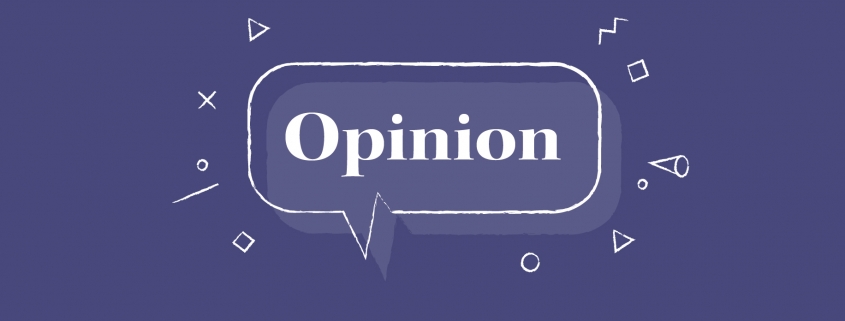Do QR code benefits outweigh their accessibility issues?
Although QR codes have existed on a smaller scale for a while, with grocery stores using them for coupons and concerts using them for tickets, the increase in QR usage amid the pandemic has resulted in a new conversation: accessibility.
QR codes are scannable patterns that lead to more information, such as links to websites, restaurant menus, list servers, etc. They are scannable through phone cameras or third-party scanning apps. As of 2020 and the surge of QR usage, about 55% of consumers in the United States have used QR codes at least once at a restaurant, and a quarter of people have never scanned one prior to the pandemic. Now, companies are opting for this paperless method to decrease the transmission of the coronavirus.
There is also an environmentally friendly aspect to QR codes since they decrease the number of paper products used by companies such as restaurants. With this in mind, QR codes clearly have benefits; however, the hyper-increase of QR code usage is leaving key U.S. populations behind.
QR codes may not be accessible to people who do not have the most recent technology. As the latest phones often cost a fortune, there is a connection between lack of accessibility and lower-income community members who cannot afford to invest in new tech every few years.
iPhone 11 or higher and Android 9 or higher are the only phones able to scan low-quality QR codes, whereas older phones may not be able to read the code. Consequently, users would either have to download a third party QR scanning app or invest in a newer phone to easily access codes.
There could be other ways to read QR codes, such as downloading them or enabling QR scanning on phone settings. However, this not only complicates the supposed simple task of scanning a code for those who don’t have the newest iPhone, but also it complicates it for those who are not necessarily tech-savvy, specifically older generations.
According to YouGov, 14% of the U.S. population think QR codes are difficult, 18% have never heard of them and about 20% of the group who think QR codes are confusing are over 65 years old. Of course, the inconvenience of QR codes for older adults can vary, from not being able to look at a restaurant menu to more drastic inconveniences, such as not being able to set up appointments online for the coronavirus vaccine or testing.
As more operations begin to opt for the usage of QR codes, there is a clear accessibility gap that must be addressed beforehand. This could also be extended to other paperless options that have risen to decrease transmission of the coronavirus, including cashless paying.
Although going paperless decreases the transmission of the coronavirus through money, things like credit cards, tap and go apps like Apple Pay and third-party payment apps such as Venmo highlight the same concern of not only leaving older generations behind but also neglecting low-income families and people who do not have the ability to use credit and debit cards due to their immigration status.
The conservation of QR codes could be applied to a bigger picture of how tech companies and society ignore this accessibility gap in favor of profit. This could even be seen at USC, which has almost exclusively opted for a QR code-centric campus for mobile ordering, entering campus with Trojan Checks and making coronavirus test appointments.
While QR codes decrease coronavirus transmission for reopening businesses and offer a significantly effective, environmentally friendly alternative to paper, there needs to be a balance between using these codes and having options for those who cannot access them.
Some of these options could include having a small number of paper alternatives for those who cannot access QR codes or having workers with the technological ability to assist less tech-savvy consumers. Both of these options maintain the environmentally friendly benefits of QR codes while also combating the accessibility gap.
At the end of the day, before making QR codes in the future, we need to think about the impact they will have on different populations, such as older generations and low-income community members.

